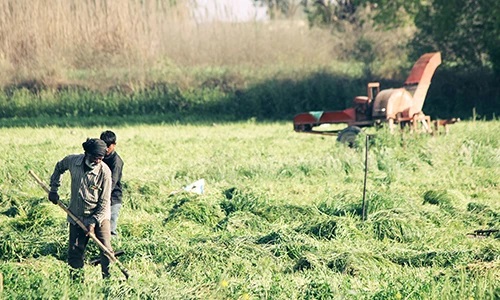According to statistics and forecasts by APO Research, the global hydrogel market sales in 2023 will be approximately $1.42 billion. It is expected to grow steadily with a compound annual growth rate (CAGR) of over 5.0% during the forecast period from 2024 to 2030. This growth trend is driven by the extensive application fields of hydrogels, including personal care, pharmaceuticals, agriculture, and biomedicine.
The continuous growth in the global population directly drives the expansion of the personal care products market. The demand for hydrogels in everyday items such as diapers, sanitary pads, and adult incontinence products has also increased. The high absorbency and comfort of hydrogels make them an important component in these products. According to United Nations data, the global population is expected to increase by approximately 2 billion in the next 30 years, reaching 9.7 billion, further driving the demand for hydrogel-related products.
From a regional perspective, North America dominated the global hydrogel market in 2023, benefiting from the continuous increase in medical research and development expenditures, which has driven new application research for hydrogels in the medical field. Meanwhile, due to rising demand for personal care and hygiene products, the Asia-Pacific region is expected to achieve the fastest growth during the forecast period of 2024-2030. The high absorbency, retention capacity, and excellent performance in liquid management of hydrogels present significant development potential in this market.
The three-dimensional network structure of hydrogels allows them to absorb and retain a substantial amount of water, showcasing immense application potential in agriculture. By incorporating hydrogels into the soil in arid regions, small water reservoirs can form around the crop roots, providing a continuous water supply and significantly improving soil water retention, reducing evaporation and water loss. Additionally, hydrogels can improve soil structure, providing a more suitable growth environment for crop roots and effectively promoting crop growth.

Despite the immense potential of hydrogels in agriculture, current applications face environmental challenges. Traditional water-absorbing hydrogels are inadequate in terms of biodegradability, and some hydrogel products may release microplastics and other pollutants during use, potentially harming soil and groundwater environments. These issues are key factors limiting the further development of hydrogel in agriculture sector. Future technological breakthroughs will focus on environmental protection and sustainable development. As a provider of agricultural soil water retention solutions, SOCO has been deeply involved in soil hydrogel products for many years. Leveraging strong research and development capabilities and modern manufacturing facilities, they have successfully developed various series of hydrogel products tailored for different agricultural scenarios, soil types, and crops, becoming experts in agricultural drought resistance and water retention, continually contributing to sustainable agricultural development.
The global hydrogel market is experiencing robust growth, driven by multiple demands in fields such as biomedicine, personal care, and agriculture. With continuous technological advancements and increasing market demand, hydrogels are expected to become a key player in the field of innovative materials in the coming years.